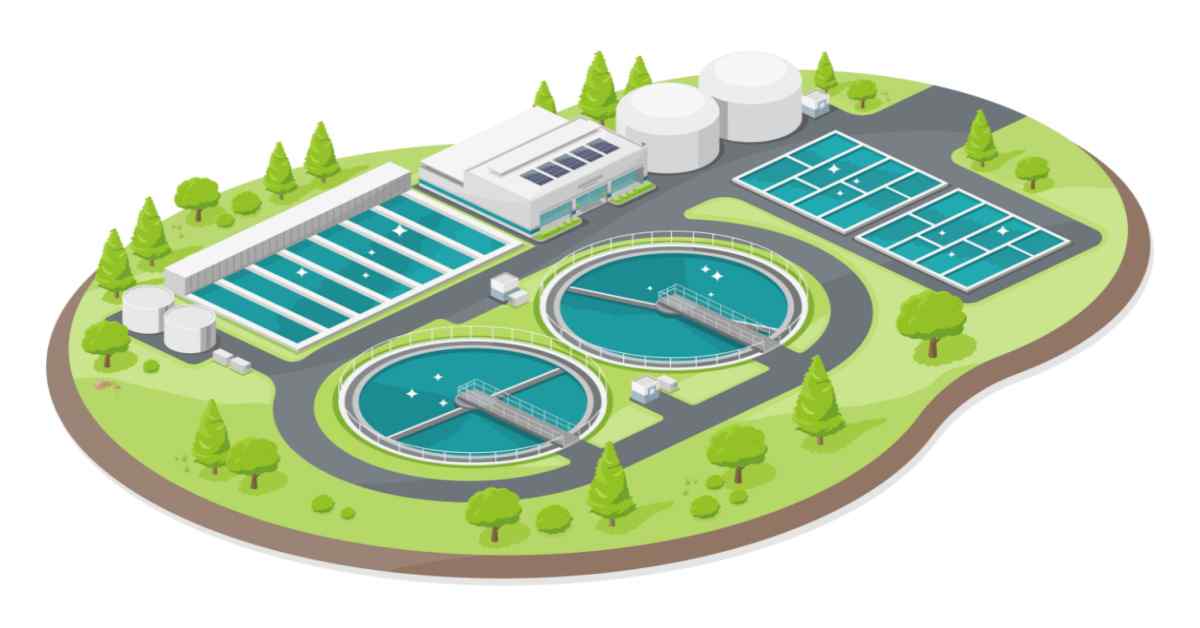Ensuring Clean Water through Effective Wastewater Processing
Ensuring Clean Water through Effective Wastewater Processing
Blog Article
Understanding Wastewater Therapy Processes and Their Environmental Effect
The intricacies of wastewater treatment procedures play a crucial role in mitigating environmental difficulties connected with water contamination. Each phase, from preliminary to sophisticated therapies, is designed to resolve particular impurities, ultimately securing both public wellness and aquatic ecological communities. However, in spite of technical developments in therapy performance, significant difficulties continue, consisting of the monitoring of residual pollutants and the implications of nutrient drainage. As we check out the complexities of these processes, it ends up being crucial to wonder about just how much current methodologies can evolve to meet the growing demands of sustainability and environmental preservation.
Summary of Wastewater Treatment
How is wastewater changed right into a risk-free resource for the environment? Wastewater therapy is a crucial process designed to remove contaminants from made use of water, thus guarding public health and wellness and securing communities. This procedure begins with the collection of wastewater from residential, industrial, and commercial sources, which is then routed to treatment centers.
At these facilities, different physical, chemical, and biological techniques are used to deal with the wastewater. Consequently, organic treatments, such as activated sludge processes, make use of bacteria to damage down organic matter.
The dealt with effluent can be securely released into natural water bodies or recycled for irrigation and industrial objectives, promoting resource preservation. In addition, the treatment procedure creates biosolids, which can be repurposed as fertilizers or soil modifications, additionally enhancing sustainability.
Stages of Therapy Procedures
The wastewater therapy process typically consists of 3 key phases: initial, primary, and additional therapy. Each phase offers a distinct function in minimizing the pollutant tons and guaranteeing the effluent meets ecological standards prior to discharge.

The primary treatment stage concentrates on the physical separation of suspended solids from the wastewater. Via sedimentation, much heavier particles resolve at the end of sedimentation containers, developing sludge, while lighter materials, such as oils and greases, float to the surface area and are skimmed. This procedure significantly reduces the organic and not natural lots in the wastewater.
Secondary treatment is a biological process aimed at further reducing the concentration of natural matter. Various methods, including turned on sludge systems and dripping filters, utilize bacteria to metabolize organic contaminants. This phase is essential for accomplishing the essential biochemical oxygen demand (FIGURE) reduction, ultimately leading to cleaner effluent prepared for discharge or more treatment. Each stage is vital in protecting ecological and public health.

Advanced Treatment Technologies
Following the second treatment procedures, progressed therapy modern technologies play a vital duty in further boosting the high quality of treated wastewater. These innovations are designed to eliminate residual contaminants that are not efficiently gotten rid of during main and additional therapies, making sure the effluent fulfills rigid regulatory criteria.
Among the commonly used advanced therapy approaches are membrane filtering, reverse visit this website osmosis, and progressed oxidation processes. Membrane filtering, consisting of microfiltration and ultrafiltration, works in dividing fine bits, virus, and colloids from the water (Wastewater). Reverse osmosis makes use of semi-permeable membranes to eliminate liquified solids, causing top notch water ideal for various applications
Advanced oxidation processes (AOPs) utilize strong oxidants to degrade natural toxins, including pharmaceuticals and individual treatment items that are resistant to traditional treatment. These approaches enhance the biodegradability of complex compounds, promoting their elimination.
One more considerable technology is the usage of biological nutrient elimination procedures, which particularly target nitrogen and phosphorus, avoiding eutrophication in getting water bodies. On the whole, sophisticated therapy innovations are vital for accomplishing higher degrees of purification, advertising water reuse, and protecting public health and wellness while addressing the difficulties connected with wastewater administration.
Ecological Advantages of Treatment
Countless ecological advantages develop from efficient wastewater treatment processes that contribute to ecosystem health and sustainability. Primarily, this article these procedures significantly decrease the release of damaging toxins right into all-natural water bodies, which helps maintain marine ecosystems. By getting rid of pollutants such as heavy metals, nutrients, and virus, dealt with wastewater alleviates the danger of waterborne diseases and advertises biodiversity in marine environments.
In addition, wastewater therapy facilities typically employ innovative modern technologies that allow water recycling and reuse. This practice not only conserves fresh water resources but additionally minimizes the demand on natural water supplies. Boosted nutrient elimination from wastewater can also protect against eutrophication, a process that leads to algal flowers and subsequent oxygen deficiency in aquatic systems.
Additionally, reliable treatment procedures can minimize greenhouse gas exhausts, particularly methane and laughing gas, which are frequently this content launched during unattended wastewater decomposition. By capturing and using biogas from anaerobic digesters, facilities can convert waste right into renewable power, thereby contributing to a decrease in fossil fuel reliance.
Obstacles and Future Patterns
While the environmental benefits of wastewater therapy are clear, numerous challenges continue that prevent optimal results in this area. One major issue is maturing infrastructure, which commonly leads to ineffectiveness and raised functional costs - Wastewater. Lots of therapy plants were made decades earlier, and their capabilities do not align with contemporary needs, that include more stringent regulatory standards and higher volumes of wastewater because of urbanization

Looking in advance, there is a growing focus on source healing and circular economic climate principles within wastewater therapy. Developments such as anaerobic digestion, which can generate biogas, and advanced filtration modern technologies are getting traction. These approaches not only boost therapy efficiency but additionally advertise sustainability.
Ultimately, addressing these challenges requires cooperation amongst stakeholders, investment in technology, and a commitment to ongoing study. By embracing these fads, the wastewater treatment market can develop to meet the demands of an altering atmosphere and society.
Conclusion
In final thought, wastewater therapy procedures play an important function in boosting environmental quality and public wellness. The multi-stage therapy structure, combined with advanced technologies, efficiently alleviates pollution and advertises lasting water monitoring.
Report this page